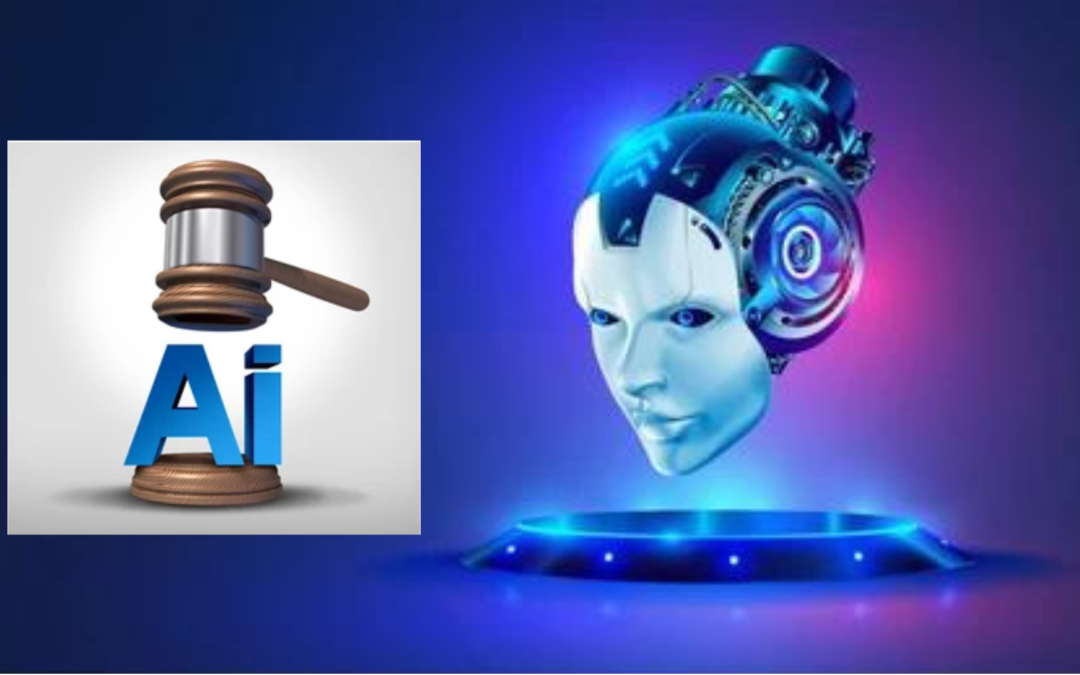
AI systems and copyright law, What is the solution?
As of my last update in September 2021, new AI systems can raise various copyright law issues. Let’s discuss some of the key concerns and potential solutions:
Training Data and Copyright Infringement:
Training Data and Copyright Infringement: AI systems often require extensive datasets to be trained effectively. If these datasets include copyrighted material, using them without proper authorization from the copyright owners could lead to copyright infringement.
Solution:
Companies and developers should ensure that they have the necessary rights or licenses to use copyrighted data in their AI training. This may involve obtaining explicit permission from copyright holders or using publicly available, open-source, or properly licensed data.
AI-Generated Content:
AI systems can produce creative works like art, music, or text. The question of copyright ownership arises when an AI system generates content that may resemble copyrighted works or uses copyrighted elements to create new content.
Solution:
The issue of copyright ownership for AI-generated content is a complex and evolving area of law. Some countries have debated granting AI systems legal personhood or considering the AI creator as the copyright holder. Until there is clear legislation, developers and users should clarify the ownership and usage rights of AI-generated content through explicit agreements or licenses.
Fair Use and AI:
Fair use is a legal doctrine that allows limited use of copyrighted material without permission for purposes such as criticism, commentary, news reporting, education, or research. However, applying fair use to AI-generated content can be challenging due to the automated nature of AI systems.
Solution:
Developers should be cautious about using copyrighted material in AI-generated content, even if they believe it falls under fair use. Obtaining permission or licenses when using copyrighted material is the safest approach.
AI in Content Moderation:
Some platforms use AI systems to automatically detect and remove copyrighted content uploaded by users. However, AI systems might not always accurately determine fair use or other exceptions, leading to potential content removal mistakes.
Solution:
Content platforms should implement transparent and robust appeals processes to allow users to challenge automated takedowns. Additionally, fine-tuning AI models to recognize fair use and other exceptions can help reduce erroneous content removal.
AI-Enabled Plagiarism:
AI systems can be misused to automatically create content by combining and paraphrasing existing copyrighted works, leading to plagiarism issues.
Solution:
Content platforms and educational institutions should invest in plagiarism detection systems that can identify AI-generated plagiarism. Educating content creators about plagiarism and copyright law is also crucial.
Overall, the intersection of AI and copyright law remains a complex and evolving legal area. Developers, content creators, and companies should stay informed about copyright regulations, consult legal experts when necessary, and implement best practices to minimize copyright-related risks and ensure compliance. Please note that the legal landscape may have evolved since my last update in 2021, so it’s always best to consult up-to-date legal sources and professionals for the latest information.
